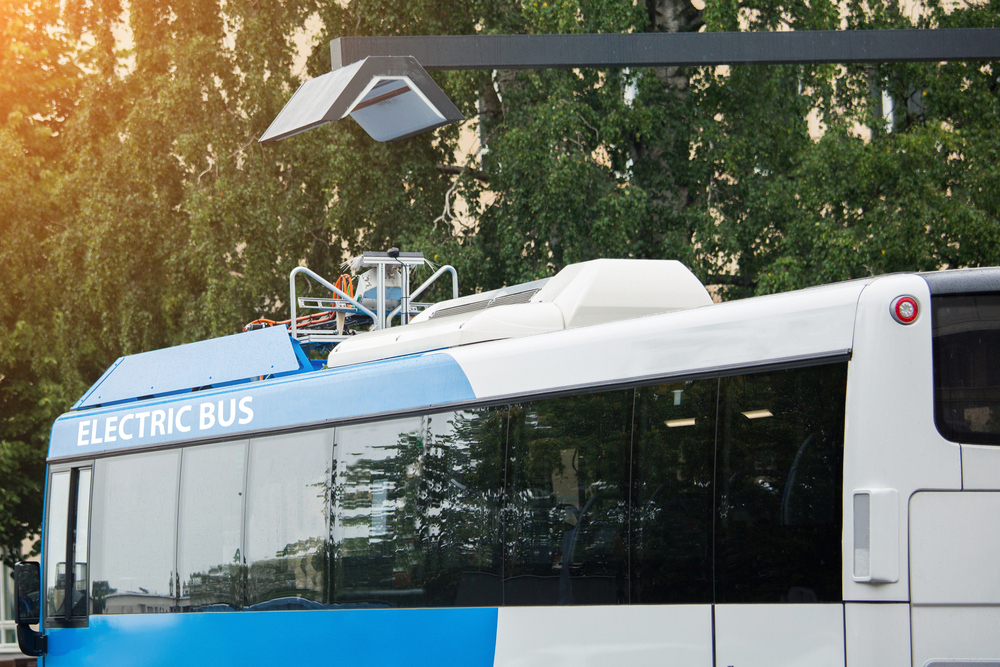
Two reports by the World Resources Institute (WRI) provides a step-by-step guide for achieving electric bus adoption targets.
The reports examine 16 cities that attempted to adopt electric buses with varying degrees of success and offers nine steps for full electric-bus adoption. Five steps address preparation and planning, while the remaining four address how to scale up to reach mass adoption.
“Electric bus adoption to date has been extremely uneven, despite the value to be gained in reducing long-term operating costs, cutting air pollution, and combating climate change,” said Camron Gorguinpour, global senior manager for electric vehicles at WRI Ross Center for Sustainable Cities and co-author of the reports. “Every city has run into some problems. This analysis helps others understand these stumbling blocks and how to avoid them.”
The top barrier to success is financing. Electric buses cost two to three times more than diesel buses.
Between 2011 and 2017, electric-bus adoption increased more than 80-fold, but 99 percent of electric buses are on the road in Chinese cities.
WRI presented its reports Wednesday at an electric mobility workshop in Leipzig, Germany. The workshop was attended by 19 municipal governments and seven national governments, varying from those considering electric buses to those with programs already in place.